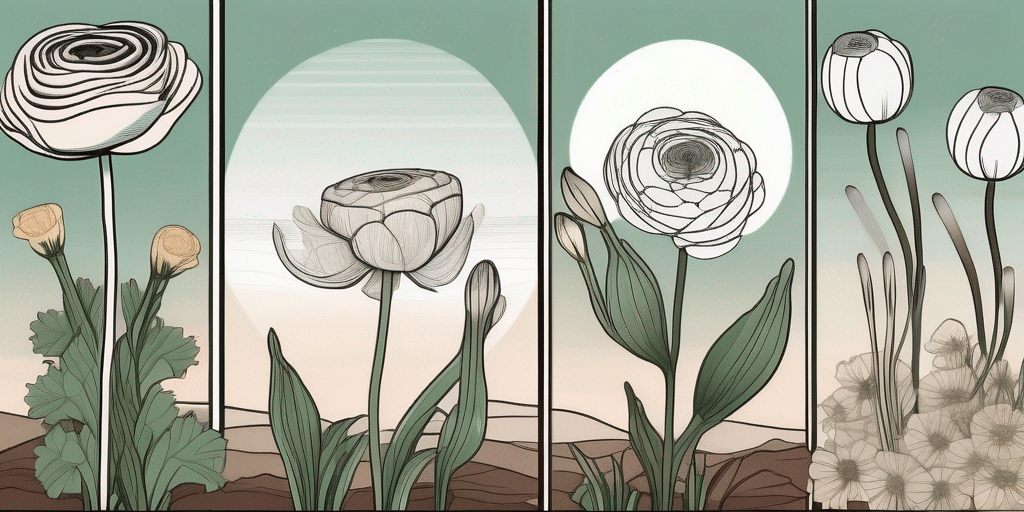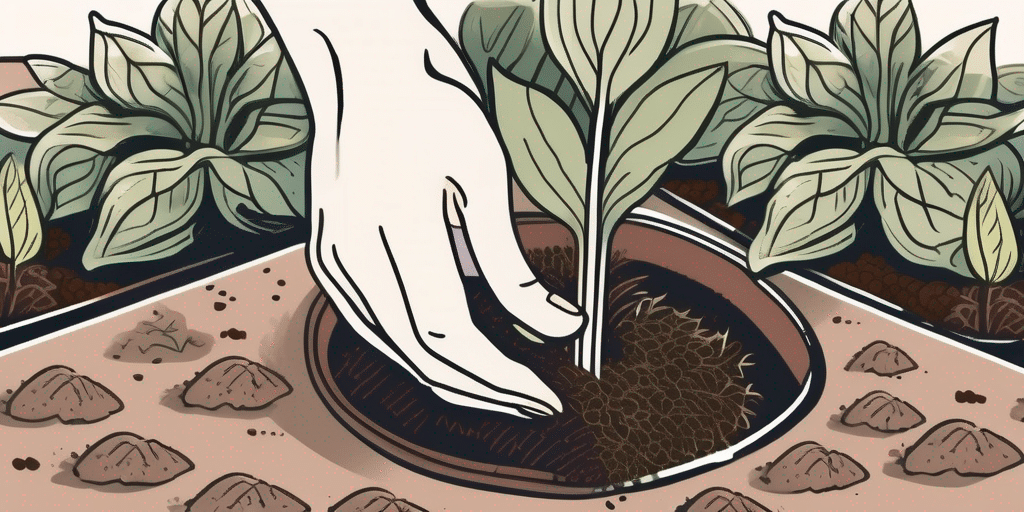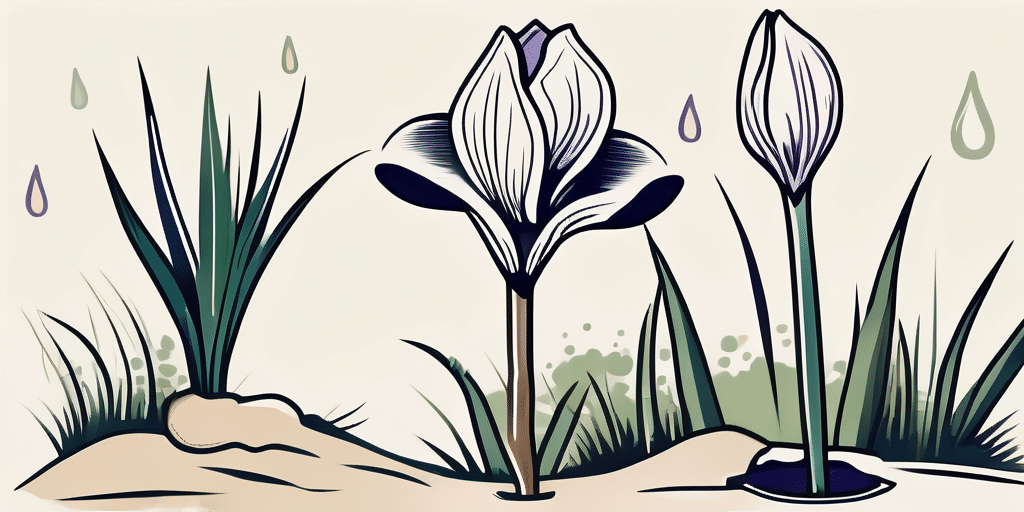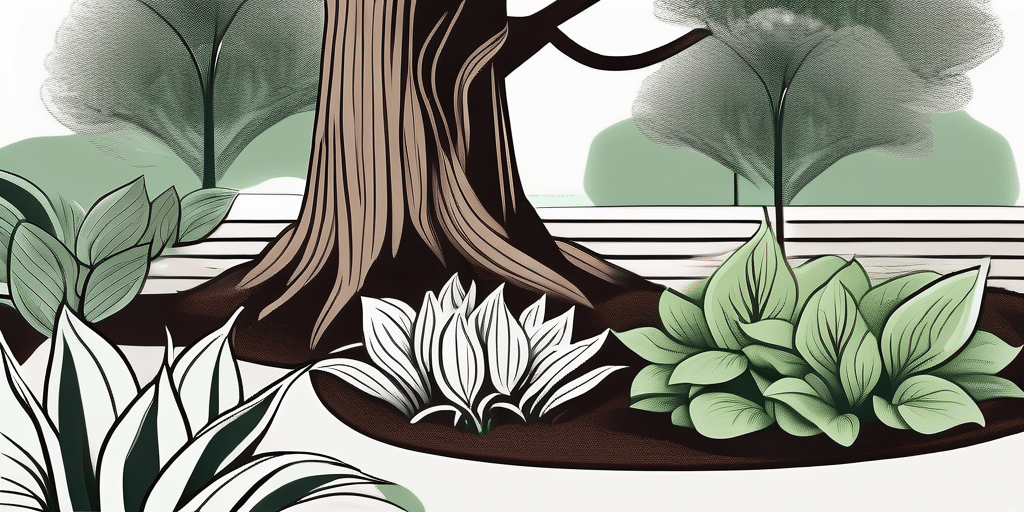Caladiums, with their vibrant, heart-shaped leaves, are a popular choice for both indoor and outdoor gardening. Originating from South America, these tropical plants can add a splash of color to your garden or home. But how do you plant caladium bulbs? Let’s dive in and find out.
Understanding Caladiums
Before we get into the nitty-gritty of planting caladium bulbs, it’s important to understand a bit about these unique plants. Caladiums are tropical perennials that are known for their vibrant, heart-shaped leaves. They come in a variety of colors, including pink, red, white, and green.
Caladiums are often grown for their foliage rather than their flowers, which are usually hidden among the leaves. They thrive in warm, humid conditions and can be grown both indoors and outdoors.
Types of Caladiums
There are over 1,000 varieties of caladiums, but they can be broadly categorized into two types: fancy leaf and strap leaf. Fancy leaf caladiums have large, heart-shaped leaves and are ideal for shady areas. Strap leaf caladiums, on the other hand, have smaller, narrower leaves and can tolerate more sun.
Some popular varieties of caladiums include ‘White Queen’, ‘Pink Beauty’, ‘Red Flash’, and ‘Moonlight’. Each variety has its own unique color pattern and leaf shape.
How to Plant Caladium Bulbs
Now that we have a basic understanding of caladiums, let’s get into the steps of planting caladium bulbs. The process is relatively straightforward and can be broken down into the following steps:
- Choose the right time: Caladiums are tropical plants and they prefer warm temperatures. The ideal time to plant caladium bulbs is in the spring, when the soil temperature has reached at least 70°F (21°C).
- Select the right location: Depending on the type of caladium you have, you’ll need to choose a location that gets either partial shade (for fancy leaf caladiums) or partial sun (for strap leaf caladiums).
- Prepare the soil: Caladiums prefer well-drained soil that’s rich in organic matter. You can improve your soil by adding compost or well-rotted manure.
- Plant the bulbs: Plant the bulbs about 1.5 to 2 inches deep, with the knobby side (the side with the most eyes or growth points) facing up. Space the bulbs about 8 to 12 inches apart.
- Water well: After planting, water the bulbs well. Keep the soil consistently moist, but not waterlogged.
It’s important to note that caladium bulbs are tender and can be damaged by frost. If you live in a colder climate, you may need to dig up the bulbs in the fall and store them indoors over the winter.
Caring for Caladiums
Once you’ve planted your caladium bulbs, you’ll need to provide the right care to ensure they grow and thrive. Here are some tips for caring for caladiums:
- Watering: Caladiums prefer consistently moist soil. However, they don’t like to be waterlogged. Overwatering can lead to root rot. If the leaves start to yellow or droop, you may be overwatering.
- Feeding: Caladiums are heavy feeders and benefit from regular feeding. Use a balanced, slow-release fertilizer every 4 to 6 weeks during the growing season.
- Light: The amount of light your caladiums need will depend on the type. Fancy leaf caladiums prefer shade, while strap leaf caladiums can tolerate more sun.
- Temperature: As tropical plants, caladiums prefer warm temperatures. They can be damaged by frost and should be brought indoors if temperatures drop below 60°F (15°C).
With the right care, your caladiums can provide vibrant color and interest to your garden or home for many years.
Common Problems and Solutions
Like all plants, caladiums can be affected by a number of pests and diseases. Here are some common problems and their solutions:
- Leaf spot: This is a fungal disease that causes spots on the leaves. It can be treated with a fungicide.
- Root rot: This is usually caused by overwatering. If your caladiums have root rot, you’ll need to reduce watering and improve drainage.
- Aphids: These small insects can cause damage by sucking the sap from the leaves. They can be controlled with insecticidal soap or neem oil.
- Spider mites: These tiny mites can cause yellowing and wilting of the leaves. They can be controlled with a miticide or by increasing humidity.
By keeping an eye on your plants and taking action at the first sign of trouble, you can keep your caladiums healthy and vibrant.
Conclusion
Caladiums are a wonderful addition to any garden or home, with their vibrant, heart-shaped leaves and easy care requirements. Whether you’re a seasoned gardener or a beginner, planting caladium bulbs is a simple process that can bring you great joy and color. So why not give it a try?
Join Our Growing Community
Ready to transform your garden into a kaleidoscope of color with caladiums and more? Subscribe for free to How to Grow Everything and learn how to build the garden of your dreams! Receive personalized gardening advice tailored to your location, grow zone, and experience level. Enjoy the best gardening tips, special offers, and insights delivered straight to your inbox—100% free. Become part of our family and start cultivating your ideal garden today!





